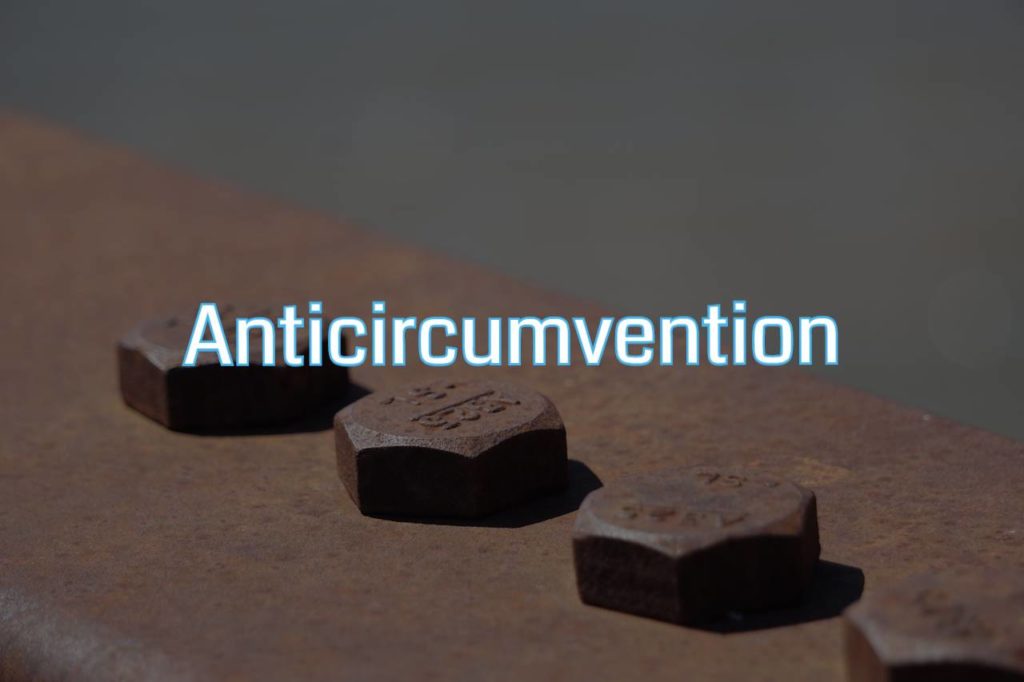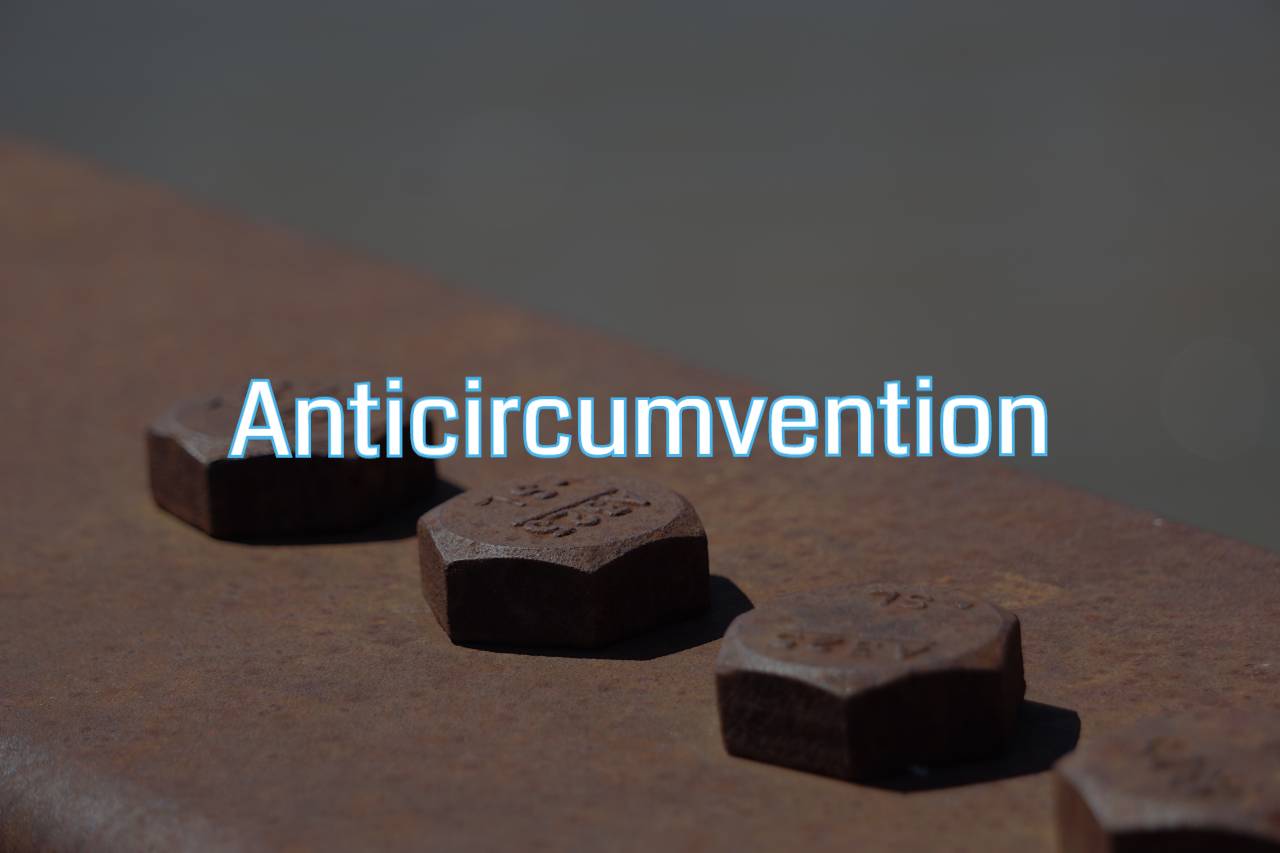
Plaintiff manufacturer of medical equipment sued a company that services such equipment for hospitals and clinics. Plaintiff claimed, among other things, that defendant violated the Computer Fraud and Abuse Act and the anticircumvention provisions of the Digital Millennium Copyright Act by using fake accounts to access proprietary documents, information and software that plaintiff had protected with digital rights management (DRM) technology.
The court denied plaintiff’s motion for preliminary injunction – which sought to bar defendant from accessing the computer systems or circumventing the DRM. It held that plaintiff had not met an essential element required for injunctive relief, namely, that plaintiff would suffer irreparable harm if the injunction was not granted.
There were two main reasons for the court’s decision. First, the court found that the assertions of irreparable harm were mere conclusions not supported by concrete facts. Second, the court found that the obligations on the defendant imposed by the contracts it had with its hospital and clinic customers would constrain defendant from engaging in the harmful activity that plaintiff sought to stop. For example, plaintiff claimed that defendant would access patient data without authorization. But the court noted that defendant was bound by confidentiality agreements and the obligation to abide by applicable data protection law. And plaintiff was worried that continued unauthorized access would increase the chances that defendant would modify the equipment. But again, the court looked to the contracts between defendant and its customers, which obligated defendant to properly maintain the equipment (thus removing any incentive to do what plaintiff was seeking to prevent).
Philips North America LLC v. Advanced Imaging Services, Inc., 2021 WL 6052285 (E.D. Cal., December 21, 2021)


